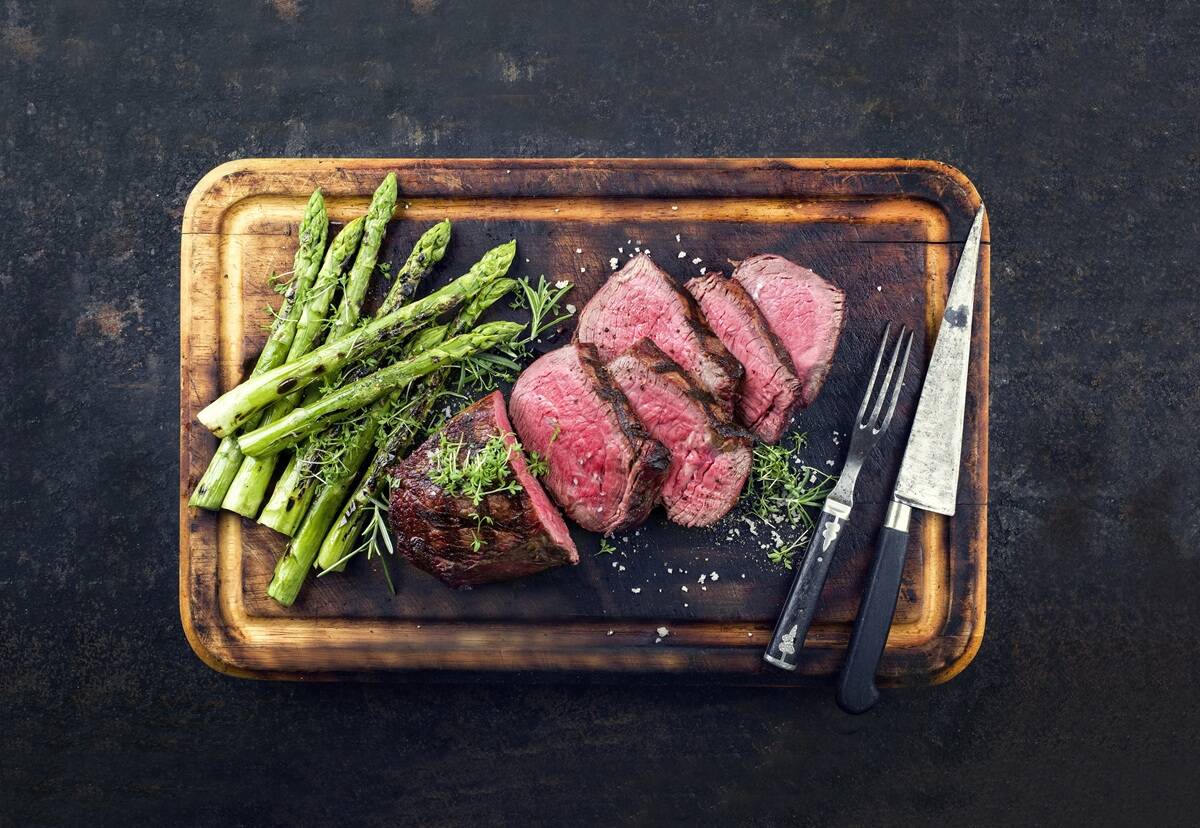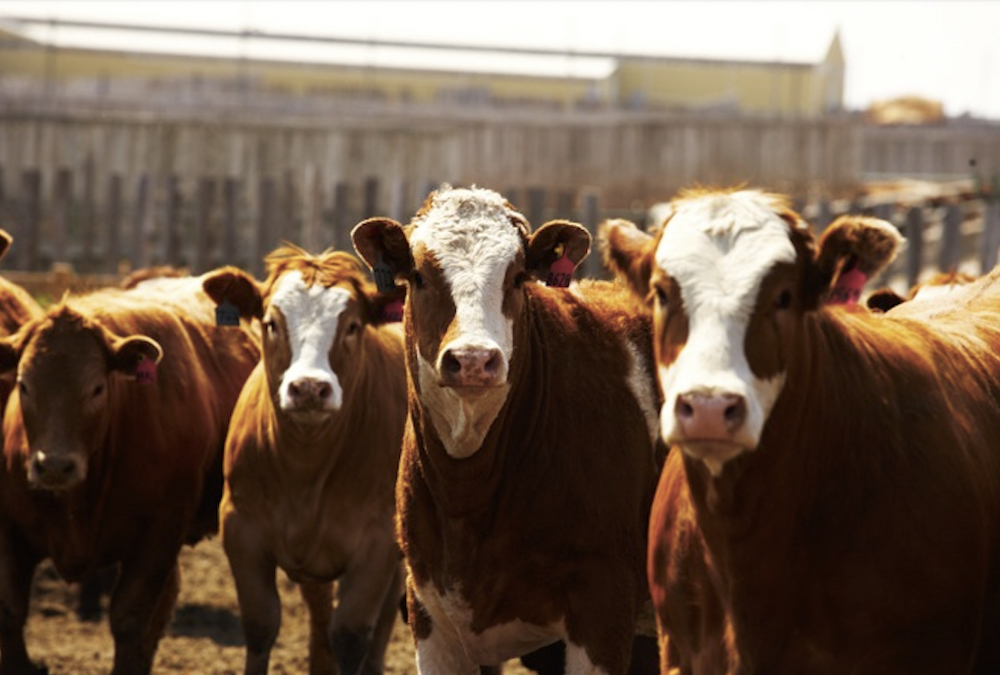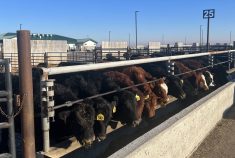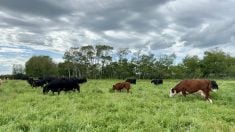Of the various cereal grains available for cattle feeding, the one I get the most questions about is oat. Typical questions relate to energy value, need for processing, nutritive value of light versus heavy oats, and pricing both relative to bushel weight and other cereal grains. As there seems to be a lot of interest in feeding oats this year, I will try to answer some of these questions with this column.
First, let us look at nutritive value. Oat grain used as feed typically has a total digestible energy (TDN) content of 76 to 78 per cent (dry matter basis). If we rank cereals in terms of energy content, we will find the following: corn > wheat > rye > barley > oat. To understand why oat ranks last, we need to look at differences in kernel structure. Both the oat and barley kernel have an outer protective hull. In the case of oat, the hull comprises 25 to 30 per cent of the weight of the kernel. The hull is high in lignified fibre. It is a major reason for the relatively poor energy value of the oat kernel. The hull protecting the barley kernel is similar in that it is high in fibre but only comprises 12 to 13 per cent of the weight of the kernel and thus does not depress the energy value of barley to the same degree.
In contrast, the corn and wheat kernels are rich in starch and have no protective hull. Both factors contribute to their higher energy content. If we look at crude protein (CP) content, oat grain fares better. Wheat and rye at 14 to 16 per cent CP typically have the highest CP content amongst the cereals while corn at eight to nine per cent CP consistently comes in last. Oat and barley grain are intermediate at 11 to 13 per cent CP with oat being higher than barley in many situations. Differences in energy density underpin the feeding situations where these cereal grains are used. In finishing programs where energy intake is critical for performance, the use of higher-energy cereals such as corn, wheat and barley is common. In growing programs, (i.e. weaned calves) and rations for the breeding herd, oat grain can serve as a reliable and often economical energy and protein source.
Read Also

Building demand together: The impact of Canada’s beef import levy
The beef import levy has become a central tool for ensuring balance in Canada’s beef industry
Questions on the need and method of processing are common. Oat grain can be processed by either rolling or grinding. Rolling is difficult due to variations in kernel size. To do an effective job, one often must set the rollers so close that they are almost touching, a situation which is not the best from a roller maintenance perspective. Grinding through a hammer mill can be effective. However, one wants to use as coarse a screen as possible so that you are breaking up the kernels but still keeping the percentage of fines to a minimum.
Perhaps the more important question is, do you need to process oat grain for cattle? Young animals typically less than 700 pounds tend to chew better than older animals. With oats, this chewing helps to displace the hull and break the seed coat, allowing for greater utilization of the kernel’s nutrients. In contrast, mature animals with higher intakes do not chew as well and as a result, when fed whole oats, have a greater loss of nutrients. These differences have led to the recommendation that there is no need to process oats for calves less than 700 pounds. For heavier calves or mature animals, one needs to consider both potential nutrient loss and cost when deciding whether to process or not.
The feeding value of light versus heavy oats is another question that often comes up. Ideally, the answer to this question comes through a feed test. However, when one is pressed to make a decision, it is worth remembering that bushel weight and energy content are correlated in oats, particularly at the extremes of what is commonly found. This is illustrated in a Manitoba Agriculture publication from 2000 where oat samples ranging from 22 to 34 pounds per bushel were tested for TDN content. The results showed that the TDN content increased from 70 per cent at the lighter end of the spectrum, to 77 per cent at the heavier end. Conclusions were that there is significant feeding value in lightweight oat and that bushel weight and energy content were linearly related within the range tested. My experience with heavier bushel weights (38 lbs. or greater) is that TDN content will plateau, typically around 78 per cent TDN.
Concerning the pricing of light versus heavy oats, there are two considerations. One is weight and the other nutrient density. In Canada, oats are marketed using a bushel weight (Avery) of 34 pounds. If we use $4.50 a bushel as an example, the price per tonne would be $292 ($4.50/34 x 2,205). At a similar value per tonne, oats weighing 40 pounds would be valued at $5.30 a bushel. To avoid the confusion that differences in bushel weight can cause, it is always a good idea to agree on a price per tonne, versus a price per bushel.
I hope that I have answered some of your questions related to feeding oats. Priced competitively and used in the right feeding situation, oats are a good substitute for other, more expensive grains.

















